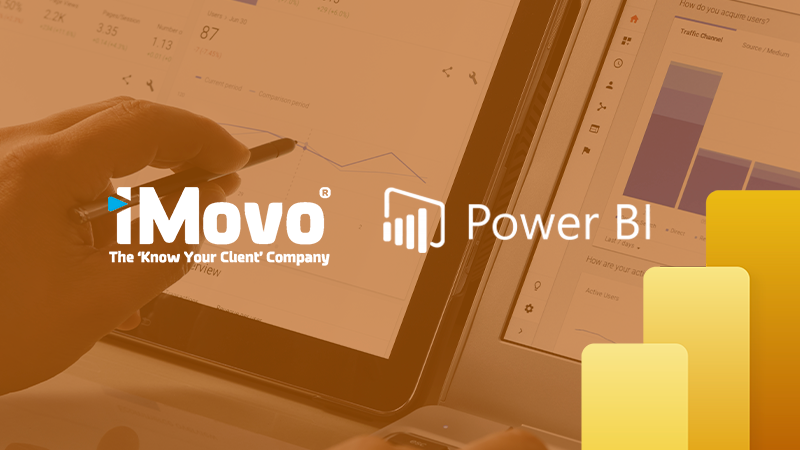Unleash the insights hidden in your data with Power BI
Visualise any data and integrate the visuals into the apps you use every day with Power BI, a unified platform for self-service and business intelligence.

Microsoft Power BI empowers organisations to harness the true potential of their data by seamlessly connecting to various data sources, both on-premise and in the cloud, and transforming raw data into stunning and interactive reports and dashboards.
Whether you’re analysing sales performance, monitoring KPIs, or tracking customer behaviour, Power BI provides a comprehensive suite of features and functionalities that enable you to explore, analyse, and share your data with ease. With Power BI, you can unlock the power of your data and drive your business towards success.
Why choose Microsoft Power BI?
Whether your data insights require straightforward or complex datasets, Power BI helps you get started quickly and can expand with your needs to be as complex as your world of data requires. And because Power BI is a Microsoft product, you can count on it being robust, extensible, Microsoft Office–friendly, and enterprise-ready.
Real-Time Dashboards
Stay informed and make data-driven decisions with dashboards displaying key metrics in real-time, helping you track progress and identify areas for improvement.
Collaboration Made Easy
Share your reports and dashboards seamlessly with colleagues and stakeholders, fostering collaboration and enabling everyone to work together towards common goals.
Data Connectivity
Connect to a wide range of data sources, including cloud-based services, on-premises databases, and spreadsheets, to consolidate all your data in one central location for comprehensive analysis.
Key benefits
Power BI excels in transforming data into insightful visualizations, aiding in informed decision-making. Its real-time analytics capabilities and seamless integration with diverse data sources make it a powerful tool for comprehensive business intelligence.
Employ easy-to-use AI features that can find patterns in data, create reports instantly, provide answers, and more.
Create datasets from any source and add them to the OneLake data hub to create a source of truth for your data.
Help users make better decisions by infusing insights into the apps you use every day, like those in Microsoft 365.
Reshape how your organisation accesses, manages, and acts on data by activating Microsoft Fabric in your Power BI experience.
Meet your requirements and gain end-to-end visibility with Microsoft governance, security, and compliance.
Why choose iMovo as your Power BI Partner?
iMovo Ltd is an innovative market leader in Digitalisation, Transformation and general IT Advisory services with a customer base that spans several countries including Cyprus, Portugal, Malta, Spain, the United Kingdom, France, Italy, Greece, Dubai and Lebanon.
With years of experience helping companies with Digital Transformation, we help you turn your data into actionable insights. Our professional team provides strategic solutions to current business challenges that add competitive advantage and value to your business and clients. Our range of specialised professional services includes project management, custom development, solution implementation, consulting, technical support, training and ongoing maintenance and support.
Expertise and Experience
iMovo is a trusted partner with extensive experience in implementing and optimising Microsoft Power BI for businesses of all sizes. We understand your unique requirements and provide tailored solutions.
Customisation and Scalability
Our team of experts will seamlessly integrate Microsoft Power BI into your existing systems and workflows. We can customise Power BI to match your specific requirements and ensure scalability as your business grows.
Training and Support
We offer comprehensive training sessions to empower your team to make the most of Microsoft Power BI's features. Additionally, our dedicated support team is always available to assist you.
Get started today!
Microsoft Power BI can help you transform your data into actionable insights to drive efficiency, productivity, and success. Experience the future of business intelligence by getting in touch with iMovo today.
